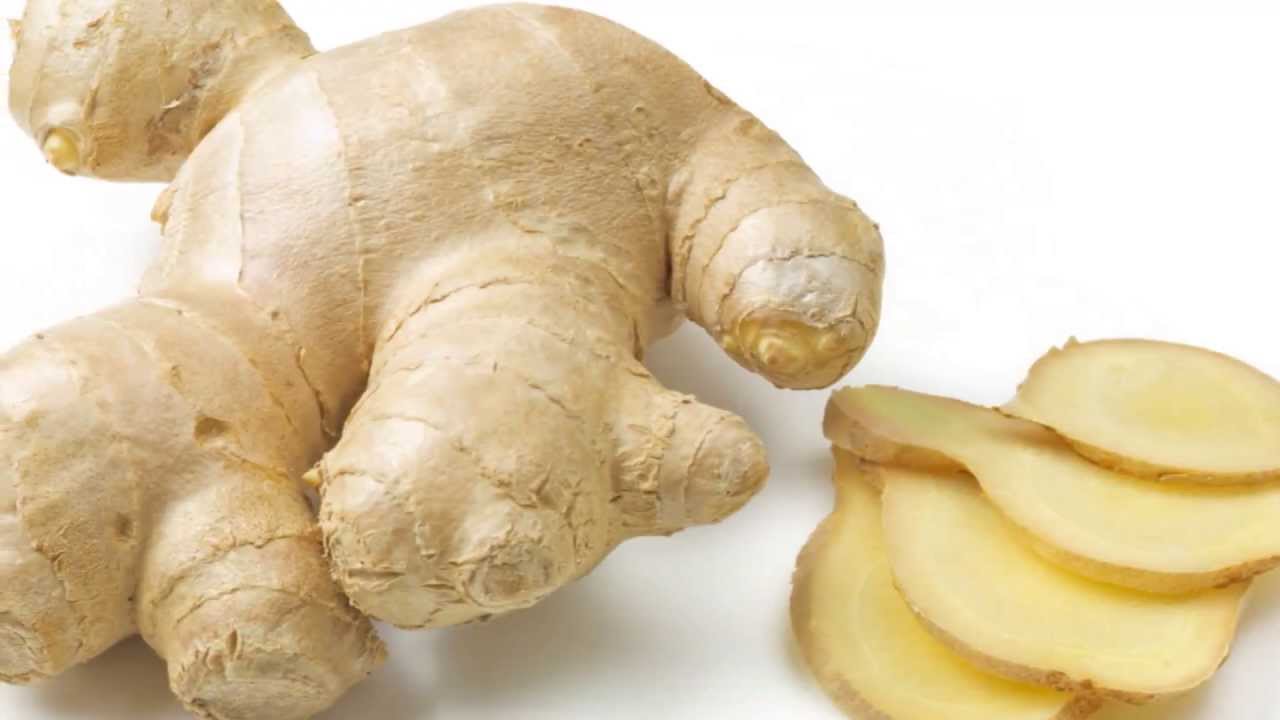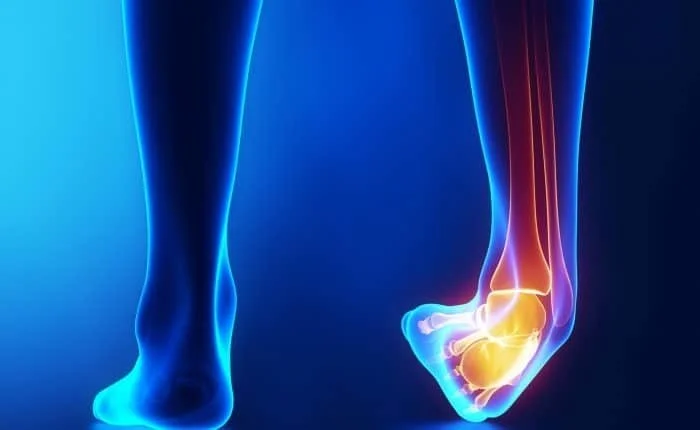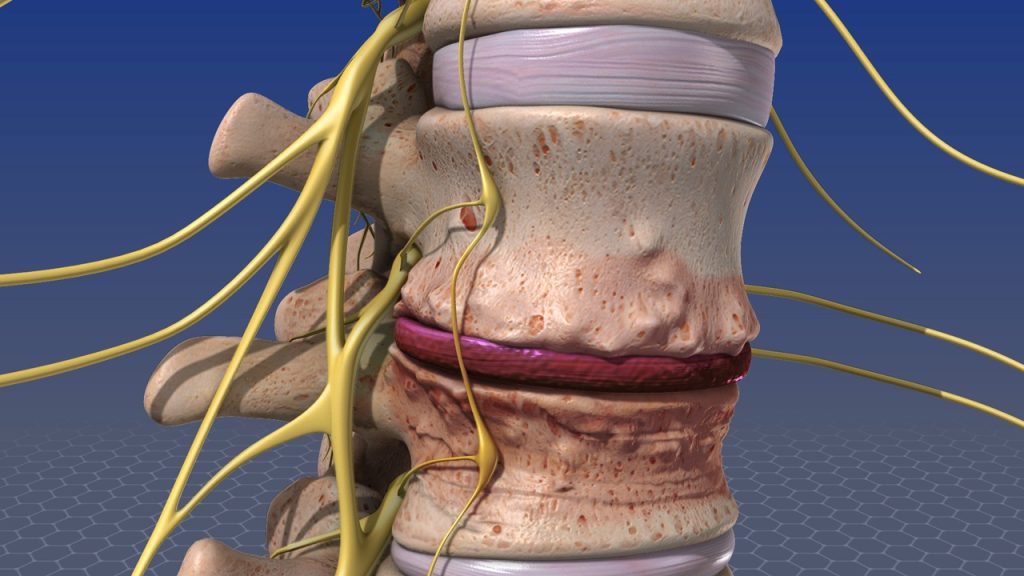A radical solution to Plantar FasciitisA radical solution to Plantar Fasciitis
Many people get Plantar Fasciitis without feeling any symptoms, so they may not be aware of its presence in the first place, but what if it causes a lot of pain? Follow the article with us, to know the answer to this question and to understand how to deal with this situation, let’s read the following.
A radical solution to Plantar Fasciitis
Before starting to find radical solutions for Plantar Fasciitis, it must be confirmed at the outset, if the patient has begun to feel the following symptoms:
- Severe pain in the foot, especially when you stop walking or take a break.
- When you finish exercising, the pain becomes clearer.
- Inability to raise the toes above the ground.
In that case, the individual must realize the need to start taking precautions immediately in order to relieve the pain he feels and prevent the situation from getting worse, and here are some reliable tips:
- When sitting, be careful to raise your feet off the ground.
- Apply cold compresses to the heel of the foot daily for at least 20 minutes.
- Make sure to wear suitable and comfortable footwear to support the arch.
- Use heel pieces inside your shoes.
- Do some exercises such as stretching and warming up.
- Tendency to exercises that do not require pressure on the foot’s heel.
- If the pain is severe and cannot be tolerated, it is possible to take some painkillers such as paracetamol or ibuprofen.
- Take care of the appropriate weight to avoid pressure on the heel.
- Not walking or standing for long periods.
- Avoid high heels.
- Do not walk barefoot on hard surfaces.
- Wearing foot braces at night for the ability to sleep well.
Apple cider vinegar for plantar fasciitis
Apple cider vinegar is of great importance in the treatment of plantar fasciitis and is recommended by doctors in most cases because it is one of the traditional and very easy solutions and has no side effects, as apple cider vinegar is placed with castor oil and the heel of the foot is massaged with this mixture well with massage-like movements.
In addition the possibility of using apple cider vinegar by bringing a piece of cotton and saturating it with it well and placing it on the heel of the foot so that we can ensure that the skin absorbs it completely and repeat this step 3 times a day, and we may put the foot in warm water to which apple cider vinegar is added until the pain subsides completely.
If you suffer from severe heel pain when you are outside the house, apple cider vinegar can be put on a piece of cloth, wrap the heel well with it, and wear socks over them, as this plays a major role in alleviating the pain felt by the individual during movement.
Plantar Fasciitis Treatment With Onion
Onions contain many elements that play an effective role in treating Plantar Fasciitis, and this is because it contains antibacterial and anti-inflammatory compounds, in addition to the sulfur compound that rids the body of harmful viruses.
Onion treatment is applied by cutting a slice of it and affixing it to the heel of the affected foot with adhesive tape before going to sleep and leaving it until the morning. A quarter of an onion may be finely chopped and applied to the heel of the foot and left for 60 minutes, then washed well.
The effectiveness of onions in the treatment of plantar fasciitis is due to the fact that it contains antioxidants that play a major role in reducing the severity of inflammation and pain. Some studies have concluded that leaving an onion slice on the heel of the foot overnight effectively purifies the body from toxins and diseases.
Does Plantar Fasciitis go away?
Plantar Fasciitis does not disappear on its own, but it is removed by undergoing a surgical treatment determined by the doctor according to the extent of the condition, and it may not be removed if it does not cause the patient any pain, and some methods can be followed so that we do not have to resort to surgery, for example:
- Maintaining an ideal weight and avoiding excessive gain.
- Wear medical shoes of an appropriate size.
- Do some alternating warm and cold compresses daily for 15 to 20 minutes.
- In most cases, doctors may advise injecting cortisone into the bones.
- Taking some pain relievers that do not require medical intervention, such as ibuprofen and naproxen.
- If the previous methods did not work, surgical intervention is resorted to in that case.
What is the herbal treatment of Plantar Fasciitis?
It is better for the individual to rely on herbal treatment methods even if he is receiving other treatment methods, as this speeds up his feeling of improvement in addition to the fact that these methods are inexpensive and very easy, here are some herbs that are likely to be used in the treatment of Plantar Fasciitis and how to get the best results from them:
- Epsom salt bath: It consists of magnesium sulfate and is used by placing the foot in added water, it is also likely to massage the heel of the foot very gently.
- Massage with essential oils: Many types can be used in this, such as pure oils such as lavender and rosemary, or daily oils such as coconut and olive oil, and this is because they contain very effective elements in reducing inflammation, and the oils have been warmed and massaged well on the heel of the foot.
- Apple cider vinegar: Apple cider vinegar draws out excess calcium, which makes the individual feel very comfortable, and it is used by soaking the foot in warm water and adding it to it, or dipping a piece of cloth in it and wrapping it on the heel.
- Ice: Cold compresses are made because they effectively reduce pain and inflammation. Ice is not placed directly on the heel but instead wrapped in a piece of cloth first.
- Baking soda: Baking soda is mixed with some water and made into a paste, which is applied directly to the heel of the foot.
- Flaxseed oil: Its benefits are because it contains alpha-linolenic acid, a form of omega-3 fatty acid. Drops of oil are placed in warm water, a towel is dipped in the mixture, then wrapped on the heel of the foot, taking care not to move it and rest it.
- Eating anti-inflammatory foods: the focus is on adding turmeric, ginger, hot pepper, and cumin seeds to food, given that they carry polyphenols and natural antioxidants that reduce inflammation, and it is possible to boil turmeric, cumin seeds and ginger with some water and drink them daily.
What is the cause of Plantar Fasciitis?
Individuals suffer from a fork in the foot due to the presence of a large amount of calcium deposition on the underside of the heel bones, and this does not happen quickly, but rather over a very long period, and that is why individuals may not show any symptoms at first.
With the passage of time, severe stress may occur in the muscles and ligaments of the foot, a tightening of the plantar fascia, and frequent tearing of the membrane that surrounds the heel bones.

















